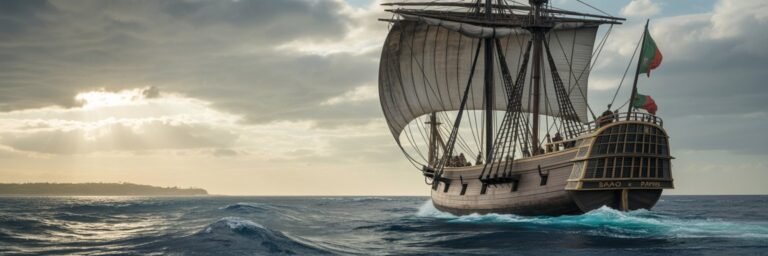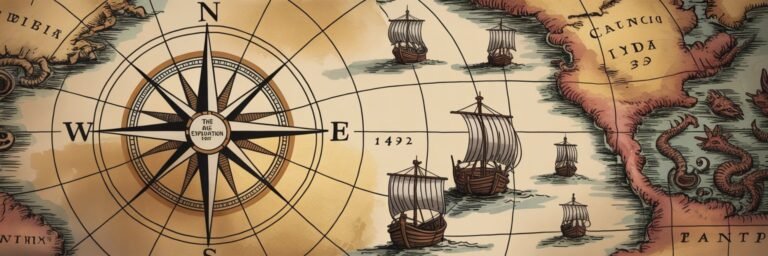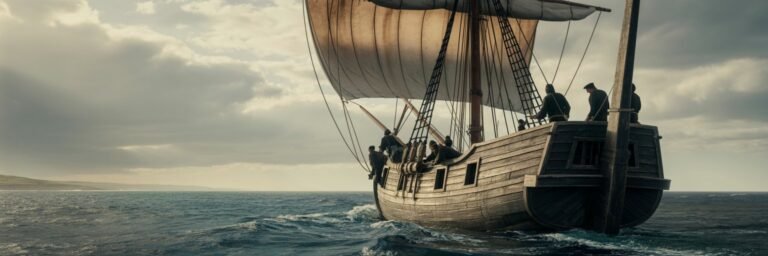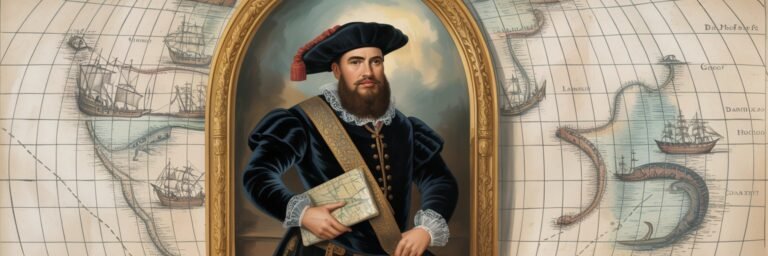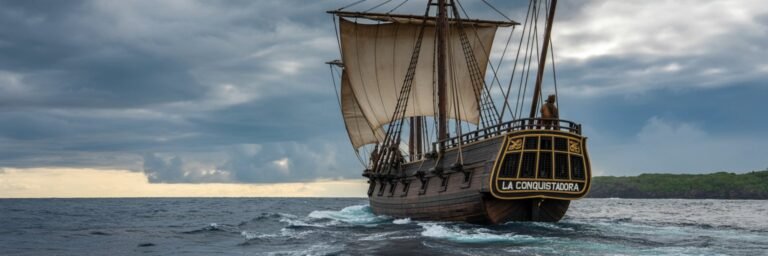For centuries, the Age of Exploration has been a glittering jewel in the crown of humanity’s historical accomplishments. From the 15th to the 17th centuries, explorers of various nationalities set off into the great unknown, mapping the globe, discovering new continents, and forever changing our understanding of the world. Yet beneath the heroism and grandeur, the age was also a period of complex motives, shadowy alliances, and enduring mysteries that have fascinated historians, anthropologists, and enthusiasts alike. This article seeks to journey into the untold story of the Age of Exploration, presenting the lesser-known histories and controversies that defined this epoch.
HISTORICAL BACKGROUND
The Age of Exploration, frequently referred to as the Age of Discovery, was delineated by a series of voyages that began in the early 15th century—courtesy of Portugal’s Prince Henry the Navigator—and ended sometime in the early 17th century. Enlisted by Prince Henry, explorers were driven by a combination of factors: political ambition, religious fervor, scientific curiosity, and the allure of wealth.
Fundamental to this era was the invention of the caravel, a type of ship designed for longer sea voyages. It offered explorers greater maneuverability, sailing versatility, and the capacity to carry substantial cargo. Fernão do Pó, Vasco da Gama, and Christopher Columbus are among the renowned explorers who steered these robust vessels into hitherto unexplored waters, crossing the proverbial Rubicon of the known world.
THEORIES AND INTERPRETATIONS
While the mainstream narrative emphasizes the zeal for discovery as a key motivator, several theories propose more nuanced interpretations. One such perspective is the ‘black swan theory,’ formulated by historian Janet Abu-Lughod. She argued that the Age of Exploration was a response to the rise of the Ottoman Empire, which had cut off critical trade routes between Europe and the East. Consequently, nations like Portugal and Spain embarked on ambitious sea voyages to circumvent Ottoman control.
On the flip side of the coin, the ‘riches hypothesis’ asserts that the lure of untold wealth, specifically the allure of gold, spices, and other resources, motivated these nautical journeys. Meanwhile, the ‘missionary zeal theory’ suggests that spreading Christianity played a significant role. The truth likely lies somewhere in the intersection of these theories, underlining the Age of Exploration as a complex tapestry of motives.
MYSTERIES AND CONTROVERSIES
Beyond well-known voyages, numerous controversies and mysteries lurk within the Age of Exploration. One such mystery surrounds Prester John, a mythical Christian monarch whose kingdom was believed to exist in the East or Africa. Explorers, including da Gama and Columbus, often cited their quests to seek this mythical monarch as part of their voyages.
A contentious issue remains the ‘Columbus controversy.’ Despite popular belief, Christopher Columbus wasn’t the first European to reach the Americas. Some historians posit that Norse explorer Leif Erikson arrived nearly 500 years prior, while others suggest contact between the Old World and the New may have occurred even earlier.
SYMBOLISM AND CULTURAL SIGNIFICANCE
Symbolically, the Age of Exploration was a turning point in humanity’s understanding of the world, representing a shift from the geographical mysticism of the medieval era to a modern, empirical worldview. Explorations revealed that the world was much larger and more diverse than previously believed. Not only were new lands discovered, sparking the imagination of Europeans, but the encounters with new peoples and cultures highlighted the incredible variety of human civilization.
The era also heralds the dawn of globalism, marking the first time that distant regions of the world began to connect and integrate on a grand scale. Though this would ultimately lead to colonialism and exploitation, it initiated the creation of an interconnected world.
MODERN INVESTIGATIONS
Modern scholarship has done much to deepen our understanding of the Age of Exploration. Scholars use tools like archaeological evidence, linguistic studies, and the emerging field of bioarchaeology to unravel the complexities of the era. For example, through bioarchaeology, researchers have uncovered the dire health consequences explorers suffered due to long voyages and poor nutrition.
Marine archaeology has revealed sunken shipwrecks, proving the existence of certain voyages previously only hypothesized about. Finally, investigations into the era’s cartography, such as the mysterious Vinland Map, reveal the ever-evolving understanding of the world during this period.
LEGACY AND CONCLUSION
The Age of Exploration irrevocably reshaped the course of human history. It paved the way for the rise of Western Europe as a global force, reconfigured international trade patterns, and ushered in the era of colonialism, leading to a world intertwined by commerce, culture, and conflict.
Yet, it was not without its shadows. Controversies around enslavement and indigenous exploitation forever scar the legacy of this era. It’s a potent reminder that the spirit of discovery is often entwined with power, ambition, and exploitation. Understanding this untold story allows us to view the Age of Exploration in its full triumph and tragedy, enabling a richer appreciation for this influential period in human history.

